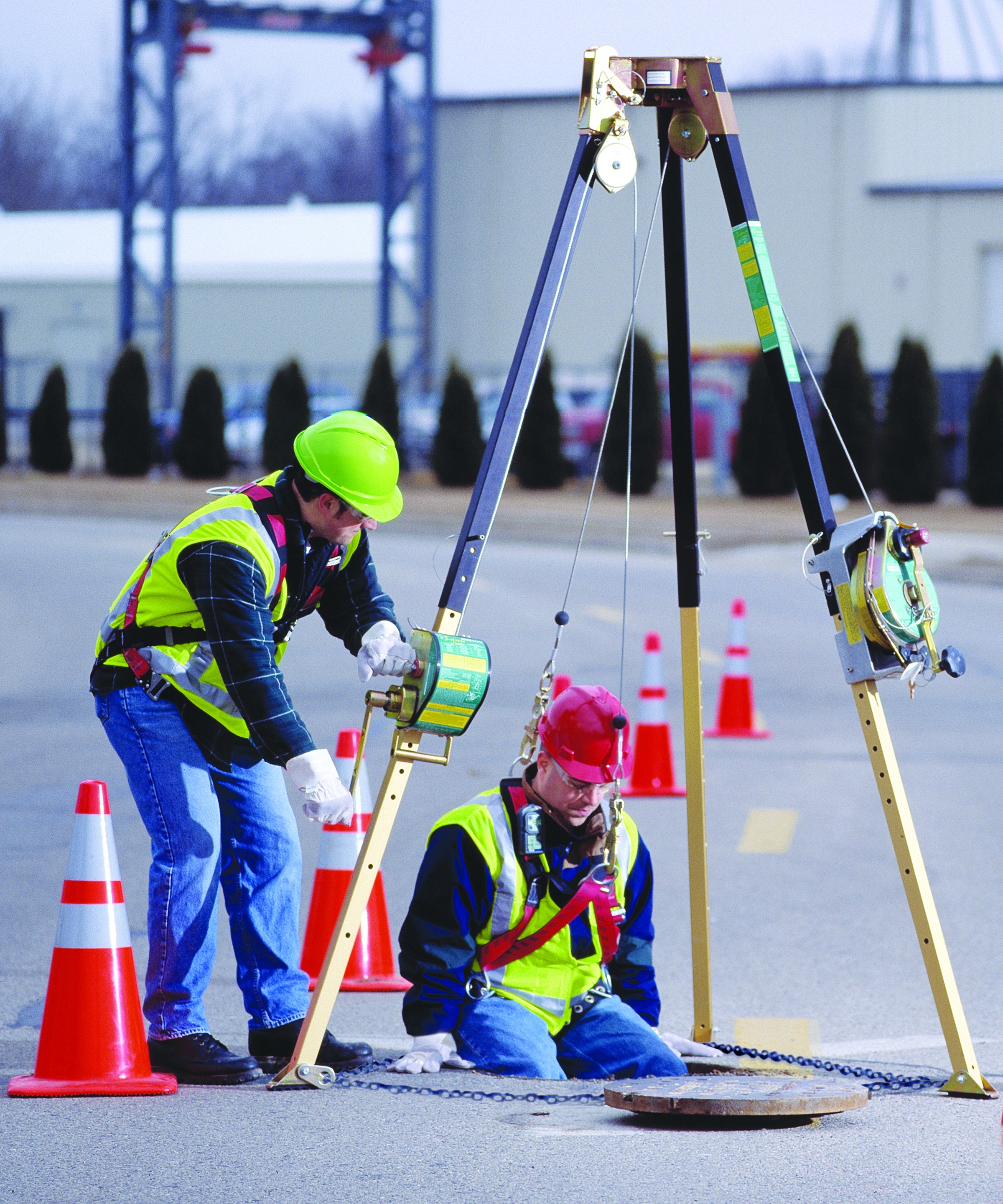Confined Space training
Learn more about Confined Space training so you can be prepared for confined space entry in any role.

Regardless of whether your team consists of manufacturing technicians, construction workers, firefighters, building engineers, or general industry safety roles, confined space training may be essential. Confined spaces include, but are not limited to utility holes, underground vaults, tanks, storage bins, pipelines, pits, process vessels, and silos.
If you or other members of your team enter these spaces for work, you will need to take a required confined spaces training to get certified. The Occupational Safety and Health Administration (OSHA) offers this course online. You can also get entry level or advanced on-site training with members of our Conney Safety Team.
Why Should You Get Confined Space Training?
Many workplaces contain spaces that are considered to be “confined” because their configurations hinder the activities of employees who must enter into, work in, or exit from them. Often, employees who work in confined spaces face increased risk of exposure to serious physical injury from hazards such as entrapment, engulfment and hazardous atmospheric conditions.
If employees are expected to enter confined spaces or spaces where there is a limited or restricted means for entry, the employer is required to develop a written permit-required entry program and provide training for the entrant, attendant, and the entry supervisor. Conney can help in developing entry programs, as well as implementing Confined Space Trainings!
What is Covered in Confined Space Training Courses?
OSHA confined space entry training courses are based on the OSHA 29 CFR 1910.146 permit-required confined space standards for general industry. The courses offered through OSHA are 100% online, can be taken anywhere at any time, and will allow you to gain certification upon successful completion, so you can be confident in your work.
Training may cover the following:
- Overview of OSHA’s permit-required confined space entry standard
- OSHA definition of key terms
- Health and safety hazards associated with confined space work
- Identifying which confined spaces are “permit-required” (and potential reclassification)
- Signage requirements
- Duties of entrants, attendants, and entry supervisors
- Requirements for confined space rescue and emergency services
- OSHA requirements for dealing with on-site contractors
- PPE requirements
- Identifying and measuring atmospheric hazards
- Ventilation techniques
Objectives of the Online Confined Space Training
- Understand the scope & application of OSHA’s various confined space entry standards
- Identify “Confined Spaces”, then determine if they are “Permit Required”
- Understand OSHA requirements for developing and maintaining a “Permit-required confined space entry program”
- Know responsibilities of entrants, attendants, entry supervisors, contractors
- Identify when you may utilize OSHA’s “Alternate Entry” and “Reclassification” procedures
- Understand the requirements for “Rescue & Emergency Services”
- Have a basic knowledge of the general use and limitations of related equipment
What Confined Space Personal Protective Equipment Should I use?
Conney carries a wide array of products to enable confined space safety. You can find our full set of products here at the Conney website. We offer ventilation fans, tripods, retrieval systems, ventilation ducting, fall arrest systems, guard rails, and more.
Confined Space Training From Conney
Conney’s safety support team offers confined space safety training courses to support your specific needs. Here is a list of the trainings available:
- General Confined Space Training (entry level): 1 - 2 hours
- Site-Specific Confined Space Training (more advanced level): 2 - 4 hours
Contact our Safety Services team today to learn more about confined space training and also our many other training and services they provide.
